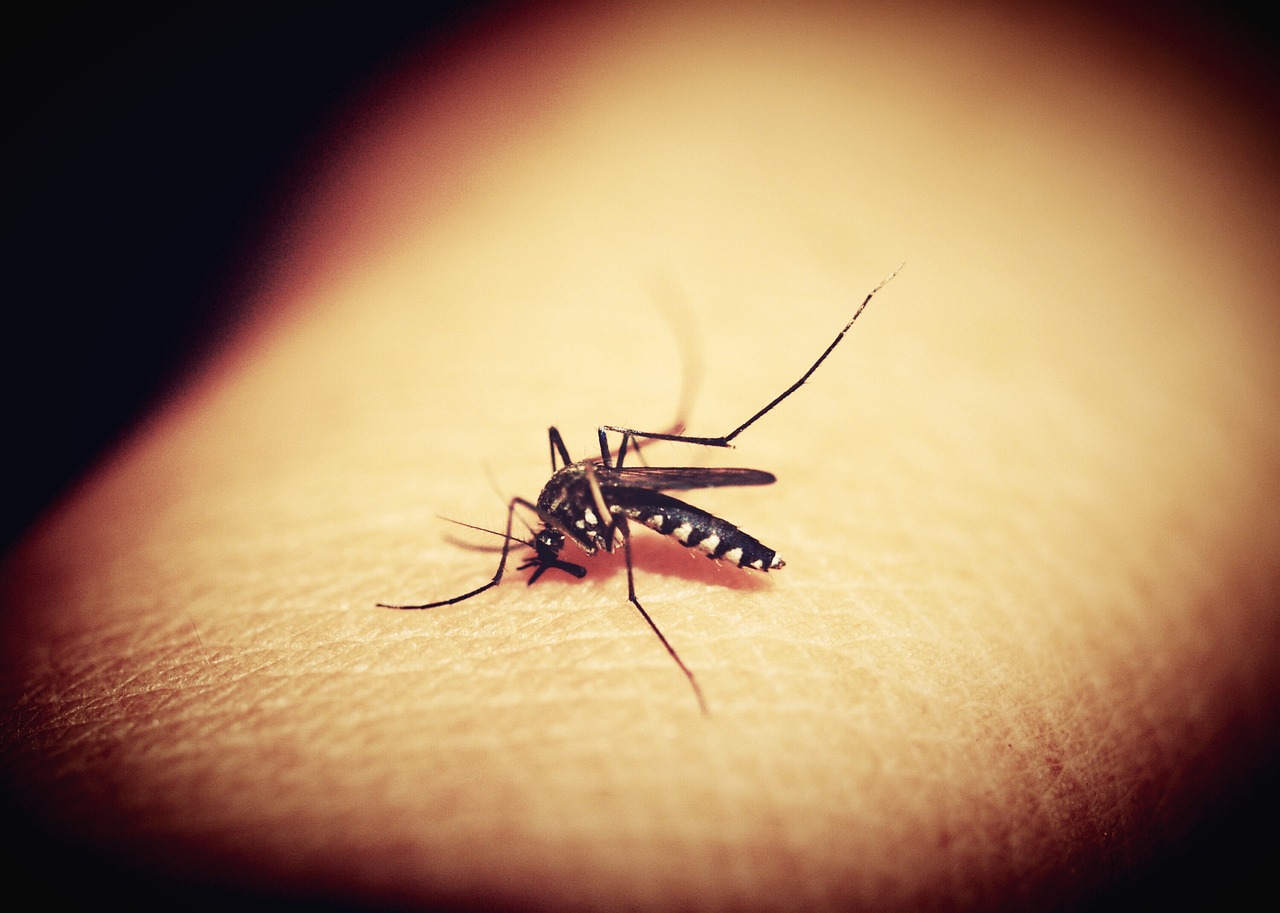Many infectious diseases are likely to see an increase in the number of cases and the spread of pathogens as a result of climate change. As the research team explains, dengue fever is definitely one of them. Around 19 percent of cases in severely affected countries can already be attributed to the effects of climate change. The analysis was presented at the American Society of Tropical Medicine and Hygiene (ASTMH) annual meeting.
2024 has brought extremely high dengue numbers: according to the EU health authority ECDC, 13 million infections and 8,500 deaths were reported worldwide by September. By comparison, there were 6 million infections and 6,000 deaths in 2023. Brazil was one of the worst affected countries.
Dengue fever is an infectious disease caused by viruses. It can be very painful and is also known as breakbone fever due to severe muscle and joint pain. Other typical symptoms include high fever, severe headaches, nausea, and vomiting. In rare cases—especially in the event of a new infection with the dengue virus—severe, sometimes fatal courses can occur.
The virus is mainly transmitted by the Asian tiger mosquito (Aedes albopictus) and the Egyptian tiger mosquito (Aedes aegypti), also known as the yellow fever mosquito. In an earlier study, researchers found that the virus count in mosquitoes in the laboratory is highest at 26 degrees (Asian tiger mosquito) and 29 degrees (Egyptian tiger mosquito). These temperatures, therefore, harbour the highest risk of infection.
The team led by Erin Mordecai from Stanford University in Stanford (California, USA) investigated the development of dengue infections in Latin America and Southeast Asia. It used models to make predictions for the future. The researchers compiled observations on dengue fever in 21 countries in Latin America (from Mexico to Brazil) and Southeast Asia (from Sri Lanka to Indonesia). There is “a clear and direct relationship between rising temperatures and rising infections,” said Mordecai. According to the study, the proportion of climate-related dengue cases could increase to around 60 percent by 2050 if greenhouse gas emissions continue to rise and to around 40 percent in a better climate protection scenario.
At the ASTMH conference, a group of researchers led by Katie Anders from the World Mosquito Program at Monash University in Melbourne (Australia) also presented a successful measure against dengue virus transmission. Until December 2019, scientists had released numerous mosquitoes infected with a Wolbachia bacterium in most of the city of Niterói near Rio de Janeiro (Brazil). By June 2023, they had extended the campaign to the remaining areas of the city. The bacterium ensures that the mosquitoes can transmit viruses to a much lesser extent.
“We already saw after the introduction of Wolbachia in Niterói that infections practically stopped, and although there was a slight increase in 2024, the number of cases was still 90 percent lower than before the introduction—and in no way comparable to what was happening in the rest of Brazil,” said Anders. There are similar projects in other places worldwide, such as Rio de Janeiro, where a program is also running in collaboration with the World Mosquito Program.
The Asian tiger mosquito, which transmits dengue and other dangerous viruses, has also been present in Europe for some time, and in 2022 it spread to all Austrian federal states for the first time. Following a warning from the World Health Organization (WHO) at the end of last year, the risk of dengue fever cases is also increasing in this region. According to the WHO, Italy reported 82 locally transmitted infections between 1 January and 5 December 2023, France 43, and Spain 3. There has been no known case of such an infection in Germany to date. According to the RKI, the climatic conditions here are “still not very suitable for transmission.”
- source: APA/picture: pixabay.com
This post has already been read 12970 times!



